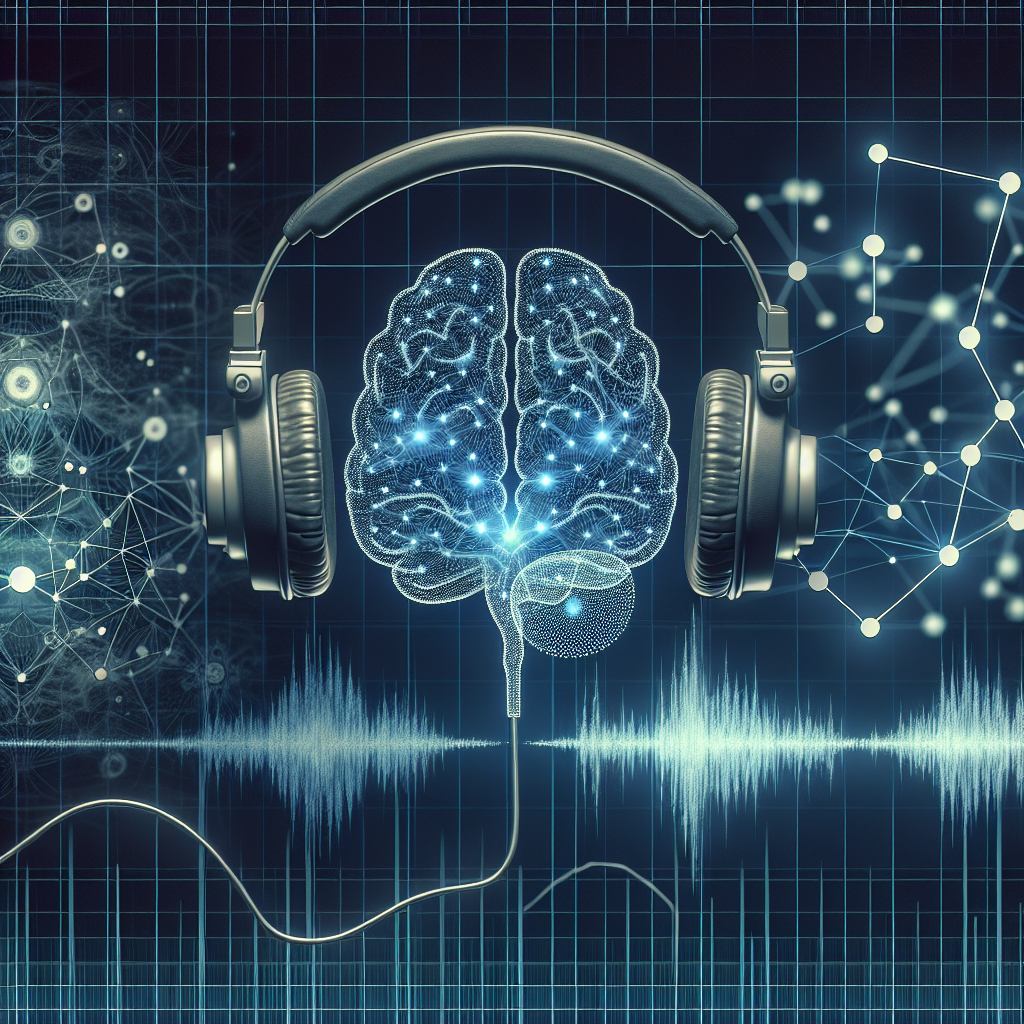AnyFix for Windows – One-Time Purchase/5 Devices
Recurrent Neural Networks (RNNs) have revolutionized the field of speech recognition by providing a powerful tool for processing sequential data. RNNs are a type of artificial neural network that is designed to handle data that has a temporal or sequential nature, making them ideal for tasks such as speech recognition.
One of the key advantages of RNNs in speech recognition is their ability to capture long-range dependencies in the input data. Unlike traditional feedforward neural networks, which process each input independently, RNNs have recurrent connections that allow them to remember past information and use it to make predictions about future events. This makes RNNs well-suited for tasks where context and temporal information are important, such as speech recognition.
RNNs have been successfully applied to a wide range of speech recognition tasks, including automatic speech recognition (ASR), speaker recognition, and speech synthesis. In ASR, RNNs are used to convert spoken language into text, allowing for hands-free communication and enabling applications such as virtual assistants and voice-controlled devices. RNNs can also be used for speaker recognition, where they are trained to identify individual speakers based on their unique vocal characteristics. Additionally, RNNs can be used for speech synthesis, where they generate human-like speech from text input.
One of the main challenges in training RNNs for speech recognition is the need for large amounts of labeled data. Speech data is often noisy and variable, making it difficult for RNNs to learn accurate representations of the input. To address this issue, researchers have developed techniques such as data augmentation, transfer learning, and semi-supervised learning to improve the performance of RNNs in speech recognition tasks.
Another challenge in using RNNs for speech recognition is the computational complexity of training and inference. RNNs are inherently sequential models, which can make them slow to train and difficult to parallelize. To address this issue, researchers have developed optimized implementations of RNNs, such as gated recurrent units (GRUs) and long short-term memory (LSTM) cells, which improve the efficiency of training and inference.
In conclusion, RNNs have shown great promise in the field of speech recognition, offering a powerful tool for processing sequential data and capturing long-range dependencies. By exploring the applications of RNNs in speech recognition, researchers can continue to push the boundaries of what is possible in this exciting and rapidly evolving field.

#Exploring #Applications #Recurrent #Neural #Networks #Speech #Recognition,rnn

Leave a Reply
You must be logged in to post a comment.